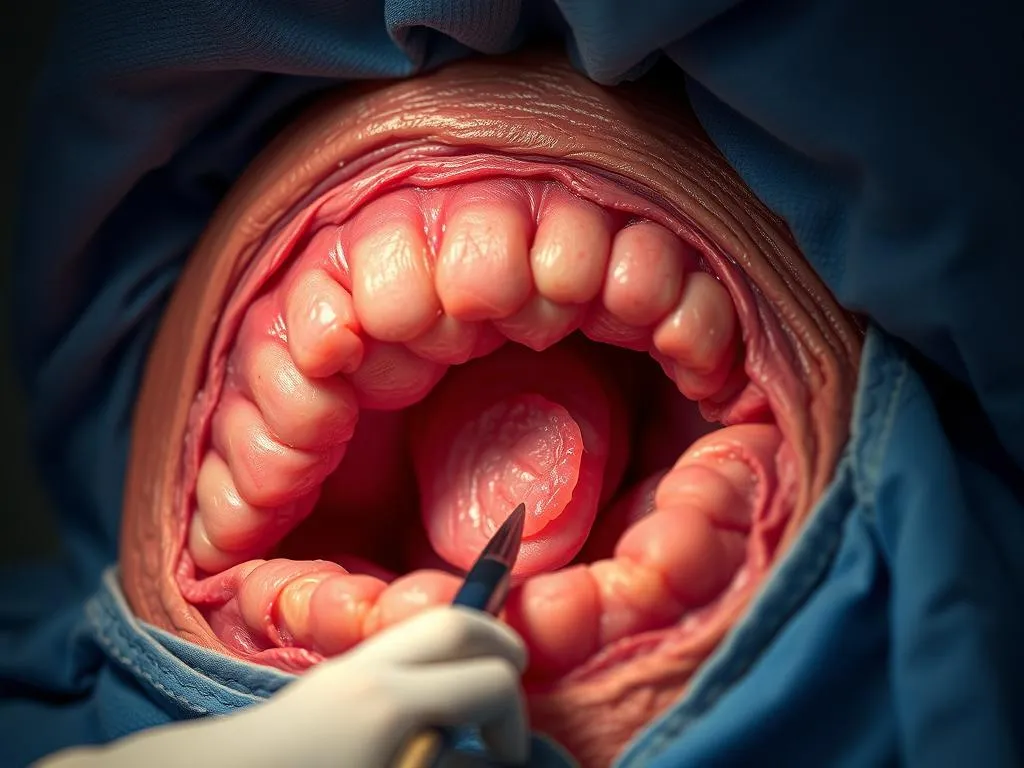
Spaying is a vital procedure that plays a significant role in ensuring the health and well-being of female dogs. It involves the surgical removal of the ovaries and usually the uterus, which not only helps control the dog population but also provides numerous health benefits. As a responsible dog owner, understanding the implications of spaying, particularly the spay incision, can help you provide better care for your furry friend.
The Spaying Process
What is Spaying?
Spaying is a surgical procedure performed by veterinarians to sterilize female dogs. During this operation, the ovaries are removed, and often the uterus is as well. The procedure is performed under general anesthesia and is considered a routine surgery in veterinary medicine.
The benefits of spaying extend beyond population control; it significantly reduces the risk of certain health issues. Studies have shown that spaying can prevent conditions such as uterine infections and reduce the likelihood of breast tumors, particularly if done before the first heat cycle.
Why Spay Your Dog?
Spaying your dog provides multiple health and behavioral benefits. Here are some key reasons why you should consider spaying:
-
Health Benefits: Spaying reduces the risk of ovarian cancer and eliminates the risk of uterine infections (pyometra). It also decreases the chances of breast cancer, especially when performed before the first heat cycle.
-
Behavioral Benefits: Spayed dogs tend to experience fewer behavioral problems associated with heat cycles, such as aggression and roaming. The procedure can lead to a calmer demeanor and lessen the likelihood of unwanted behaviors linked to mating instincts.
The Spaying Procedure
The spaying procedure typically lasts between 30 minutes to two hours, depending on the dog’s size and the complexity of the surgery. Recovery time varies, but most dogs will feel back to their normal selves within a week or two.
Understanding the surgical process can help ease any anxieties you may have about the procedure. A veterinarian will conduct a pre-surgical examination, administer anesthesia, and then make an incision to remove the reproductive organs.
Understanding the Spay Incision
What is a Spay Incision?
A spay incision is the surgical cut made in a female dog’s abdomen during the spaying procedure. This incision allows the veterinarian access to the ovaries and uterus for their removal.
The main difference between male and female spay incisions is that male dogs undergo a different surgical procedure known as castration, which involves making incisions in the scrotum rather than the abdomen.
How Big is a Spay Incision?
The question “how big is a spay incision?” often arises among dog owners preparing for their pet’s surgery. On average, a spay incision measures about 2 to 4 inches (5 to 10 centimeters) in length. However, several factors can influence the size of the incision:
-
Dog Size: Smaller dogs may have shorter incisions, while larger breeds may require longer incisions for adequate access during surgery.
-
Breed: Certain breeds have different anatomical structures, which can affect incision size.
-
Surgical Technique: A traditional spay typically requires a larger incision compared to minimally invasive laparoscopic techniques, which use smaller incisions.
Types of Incisions
There are two main types of incisions used during spaying:
-
Standard Midline Incision: This is the most common method, where a single incision is made along the midline of the abdomen. It provides good access to the reproductive organs.
-
Minimally Invasive Options: Laparoscopic spays involve smaller incisions and the use of a camera and specialized instruments. This technique usually results in less pain and faster recovery times but may not be available in all veterinary practices.
Post-Surgery Care
Immediate Care After Surgery
After the spaying procedure, your dog will be monitored until she wakes up from anesthesia. It’s normal for her to be groggy or disoriented immediately after surgery.
You should expect some mild discomfort, but if your dog exhibits excessive pain, vocalizes frequently, or shows signs of distress, consult your veterinarian.
Wound Care and Management
Keeping the spay incision clean is crucial for preventing infections. Here are some care tips:
-
Check for Redness and Swelling: Regularly inspect the incision site for any signs of swelling, redness, or unusual discharge.
-
Avoid Bathing: Do not bathe your dog or allow her to swim until the incision has fully healed, usually around 10 to 14 days post-surgery.
-
Prevent Licking: Use an Elizabethan collar (cone) to prevent your dog from licking the incision site, which can introduce bacteria.
Activity Restrictions
Activity restrictions are critical for proper healing. Here are some recommendations:
-
Limit Exercise: Keep your dog calm and restrict her activity for at least two weeks. Avoid running, jumping, and playing with other dogs during this period.
-
Short Walks Only: If you need to take her outside, limit walks to short periods for bathroom breaks only.
Potential Complications
Common Post-Surgical Complications
While spaying is generally safe, complications can arise. Some common issues include:
-
Infection: Symptoms may include increased redness, swelling, or discharge from the incision site.
-
Seroma: This is a fluid-filled pocket that can develop under the skin, often appearing as a soft bulge near the incision.
-
Hematoma: This occurs when blood pools outside of blood vessels, causing swelling and a firm lump.
When to Contact a Veterinarian
It’s essential to know when to seek help. Contact your veterinarian if you notice:
- Persistent lethargy or lack of appetite.
- Severe swelling or redness around the incision.
- Any discharge that is foul-smelling or contains pus.
- Signs of pain that don’t improve with pain management.
Follow-up appointments are also crucial for monitoring the healing process and addressing any concerns you may have.
Long-Term Health Considerations
Spaying and Health Issues
In addition to immediate health benefits, spaying can contribute to long-term well-being. It lowers the risk of certain cancers and life-threatening diseases. However, there are discussions about potential risks, such as increased chances of obesity, urinary incontinence, or joint issues in some breeds.
Behavioral Changes
Many dog owners notice changes in behavior after spaying. These may include:
-
Calmer Demeanor: Many spayed dogs become less aggressive and more docile.
-
Reduced Roaming: Spaying eliminates the urge to find mates, reducing the likelihood of running away.
-
Managing Behavioral Changes: If you notice significant changes in your dog’s behavior, consult with a veterinarian or a professional dog trainer for guidance.
FAQs about Spaying and Spay Incisions
Common Questions
-
What is the recovery time for a spayed dog? Most dogs recover within 10 to 14 days, but complete healing can take up to a month.
-
Will my dog be in pain after surgery? Some discomfort is normal. Your veterinarian will likely prescribe pain management medications to keep her comfortable.
-
Can I take my dog for walks after spaying? Yes, but keep walks short and avoid any strenuous activity for at least two weeks.
Myths and Misconceptions
-
Spaying will change my dog’s personality. While spaying can reduce certain behaviors, it does not fundamentally change your dog’s personality.
-
The incision is too big, and it will cause problems. As discussed, the average spay incision is about 2 to 4 inches. Proper care will minimize risks associated with incision size.
Conclusion
Understanding the spaying process and the specifics of how big is a spay incision is crucial for any dog owner. The benefits of spaying extend beyond mere population control; they encompass significant health and behavioral advantages.
If you have any concerns about your dog’s health or the spaying process, it’s always best to consult with a veterinarian who can provide personalized advice and care. Spaying is an important aspect of responsible dog ownership, and being informed about the procedure helps ensure the best outcomes for your beloved pet.









